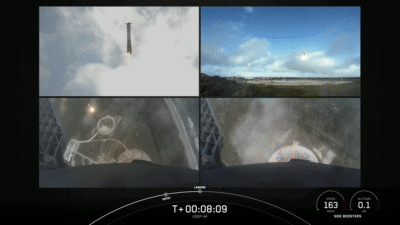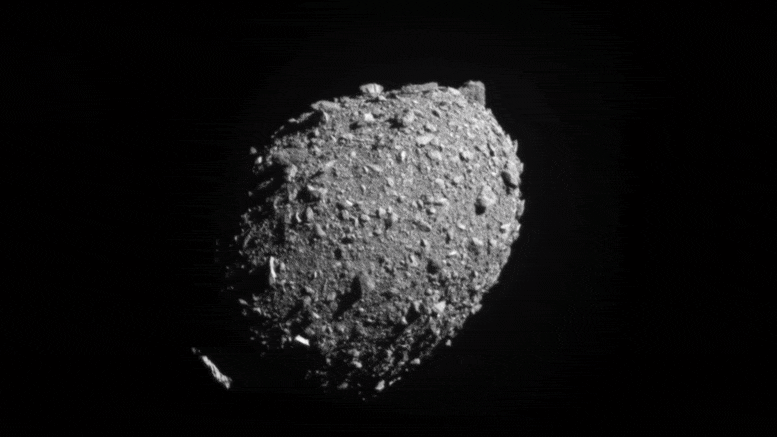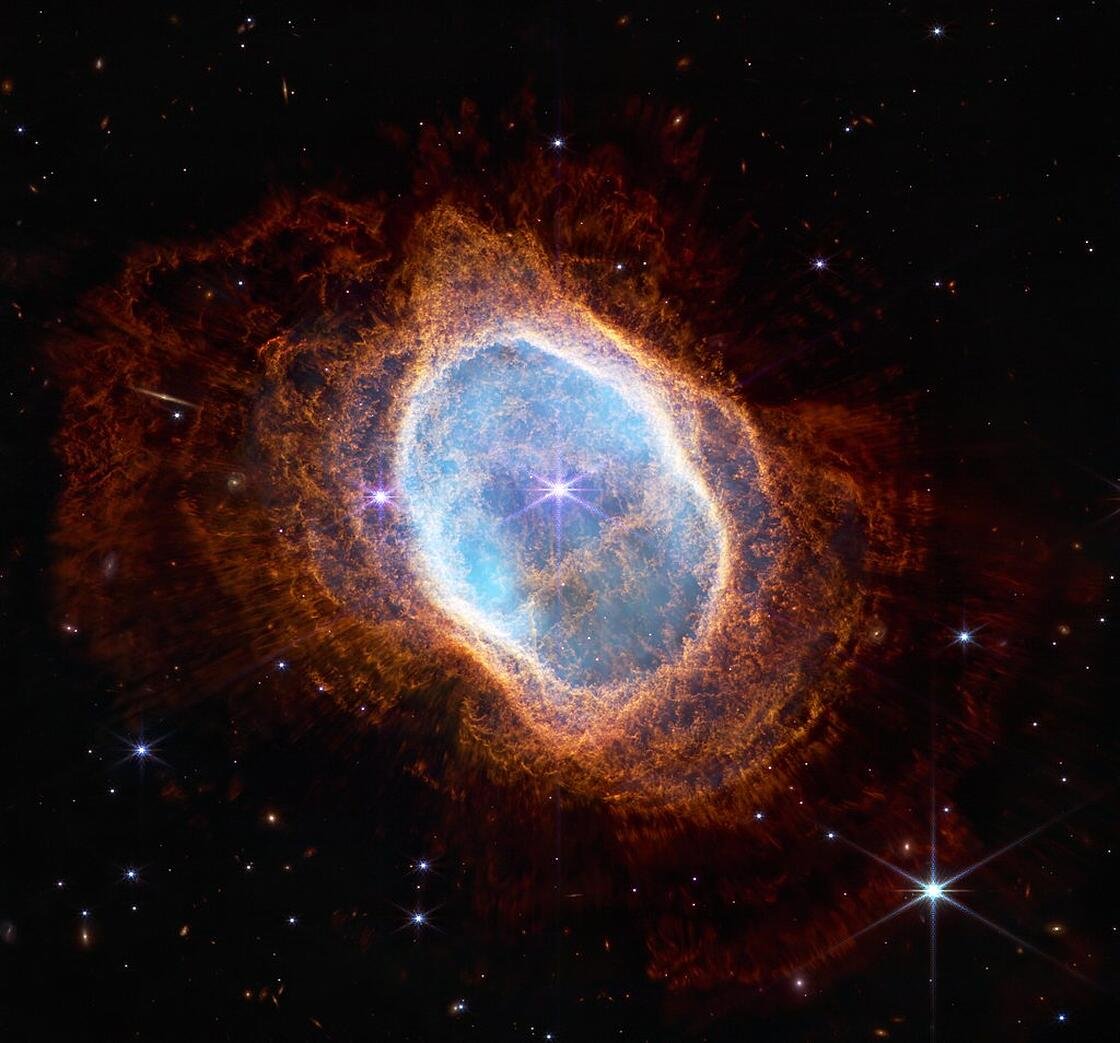Portfolio Company News
GeoOptics
GeoOptics to Provide NOAA with Space Weather Data
GeoOptics was awarded a contract to provide space weather data to NOAA’s Commercial Weather Data Program using their CICERO earth observation satellites to help generate 3-D maps measuring electron density profiles of Earth’s ionosphere to aid in monitoring and predicting geomagnetic storms caused by solar activity.
SpaceX
SpaceX requests spectrum to upgrade Starlink mobile services
SpaceX looks to “augment” its mobile satellite services (MSS) by applying for 2GHz spectrum from the FCC. They were previously granted permission to operate Earth Stations in Motion (ESIMs) back in June to enable broadband services on moving aircraft, ships, and motor vehicles. Dish Network currently has 2 aging satellites utilizing the 2GHz spectrum and is asking the FCC to upgrade its 12GHz band license to support their 5G network plans. SpaceX, OneWeb, and DirecTV have raised interference concerns to the FCC over Dish Networks' plans.
Axiom
UAE names astronaut who will spend six months on International Space Station
Axiom is facilitating the first long duration ISS mission for a UAE astronaut. The UAE purchased the seat from Axiom which is the Falcon 9 seat that Axiom was given by NASA after the company gave up its Russian Soyuz rocket seat for American astronaut, Mark Vande Hei, back in 2021. The amount paid for the seat was undisclosed.
General Space News
Policy Frameworks
The White House released a National Orbital Debris Implementation Plan last week. The plan is based on the U.S. Space Priorities Framework, the National Orbital Debris Research and Development (R&D) Plan, and the input received from the industry from a Request for Information in 2021. The R&D plan and RFI were conducted by the Trump Administration and show a continuation of the core of the previous Administration’s space policy.
This plan continues a stream of national strategies, frameworks, implementation plans, reports, and requests for information from the National Science and Technology Council (NSTC) that makes it clear how this White House prefers to develop Government-wide technology policy. The DoD’s desire to spur investment in satellite servicing is a good example of where these policy statements lead. While the previous Administration preferred policy to be developed as a series of Space Policy Directives by the National Space Council, the current Administration is leaning heavily on interagency working groups organized under the NSTC. This reliance on the NSTC may have been the reason why this Administration felt it didn’t need the National Space Council until Vice President Harris fought for it.
Congressional Action
Congress passed the first NASA authorization act in more than five years on Thursday. The impasse between previous House and Senate versions of the authorization was ‘solved’ by simply removing the differences and doubling down on Artemis. The bill appears to solve Congress’ frustration with NASA over Artemis reporting by mandating the Agency implement the program structure Congress wants, giving it a single person they can deal with, and excluding anything from Artemis’ budget not directly intended to be delivered to the surface of Mars or in its direct development chain. The basic statement being is that anything Lunar related, beyond testing of Mars hardware, is not part of Artemis' budget (making the program’s name rather odd).
Almost simultaneously, the Senate Commerce, Justice, and Science Appropriations Subcommittee published a related bill that would match the overall funding for NASA, to the agency’s request. However, it also includes some important changes such as limiting funding for commercial stations, “solving supply rather than demand problems,” and prevents NASA from spending any money “to subsidize the cost of any project that is primarily intended for marketing, advertising, or entertainment.”
As readers may remember, it is our contention that commercial development in LEO requires both supply and demand generation. Demand generation can come from leadership and rhetoric, but doing nothing is Governmental wishful thinking.
Russia to drop out of International Space Station after 2024
The new head of Roscosmos, Yuri Borisov, stated that Russia will pull out of the ISS after 2024 and will be building its own ‘Russian Orbital Service Station’ (ROSS). Russia is aiming to have the first phase, consisting of its core module, done as early as 2028 with the second phase, consisting of 2 large modules, completed by 2030. NASA officials said Tuesday they have heard nothing from Russia about plans to end participation in the International Space Station despite public comments to that effect by the new head of Roscosmos.
Eutelsat announced Monday that it is in discussions with OneWeb about a merger. Much of the reporting around this merger concerns itself with the byzantine board structure and other published terms but the core issue is that the combined entity is so far behind and has such an unsustainable cost structure that it an only turn into a Government supported also ran similar to Minitel.
Boeing takes additional charge for Starliner astronaut capsule, bringing cost overruns to near $700 million
Boeing has disclosed further setbacks on their Starliner astronaut capsule program falling further behind SpaceX. Starliner had successfully docked with the ISS in its second uncrewed flight back in May in preparation for its first crewed flight. Boeing is determining whether they need to redesign the Aerojet Rocketdyne propulsion valves on Starliner which malfunctioned during its first launch attempt in August 2021. Comparatively, SpaceX has already completed 5 crewed flights for NASA and 2 privately crewed missions overall.
Saltzman tapped to succeed Raymond as chief of the U.S. Space Force
President Biden has nominated Lieutenant General B. Chance Saltzman to lead Space Force as the Chief of Space Operations if confirmed. If confirmed, Saltzman will succeed General John “Jay” Raymond who is retiring.
Sierra Space establishes national security advisory group
Sierra Space has created an 8-person National Security Advisory Group, chaired by James F. Geurts, to advise them on national security threats and technology trends. The advisory group includes William M. Fraser III, Lori Garver, Susan Gordon, David E. Hamilton, Jr., Paul Selva, William “Mac” Thornberry, Stephen W. Wilson.
The space economy grew at fastest rate in years to $469 billion in 2021, report says
Space Foundation CEO, Tom Zelibor, told CNBC that the space economy is expected to continue growing this year despite a slowdown in US markets and the economy. Government and commercial spending has remained strong this year with 75 rocket launches having already flown this year.
Massive Long March 5B booster predicted to reenter on July 31
The uncontrolled reentry of the core stage of the rocket used to launch the new Chinese space station module will happen sometime this weekend and there is almost no ability to say when and where it will reenter and what parts may make it to the ground.
Other Space News









